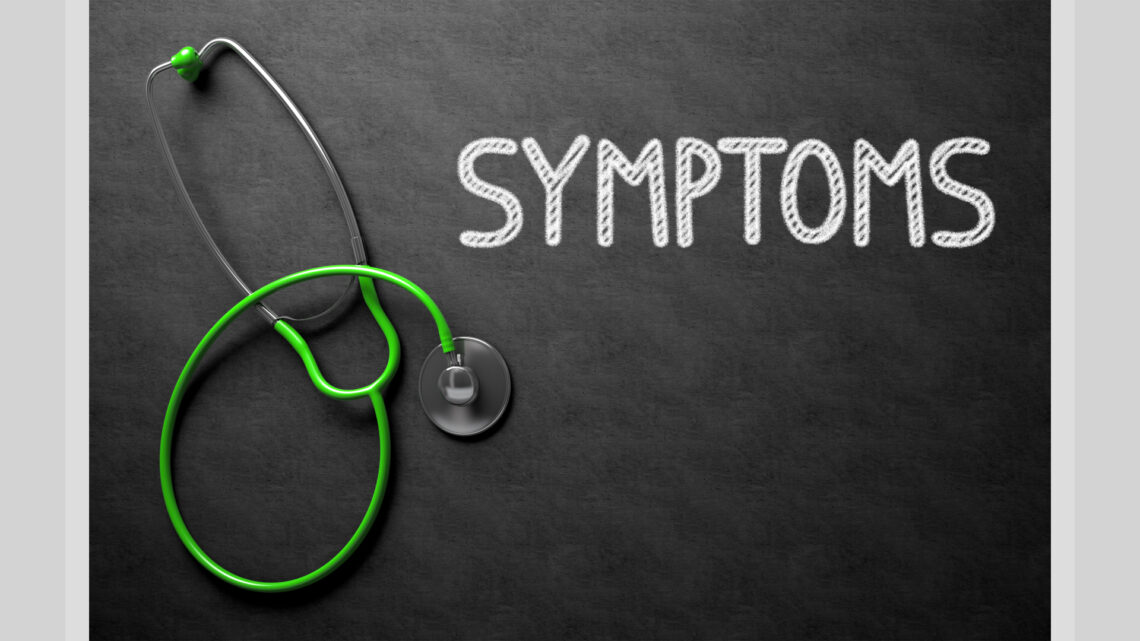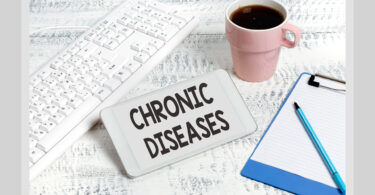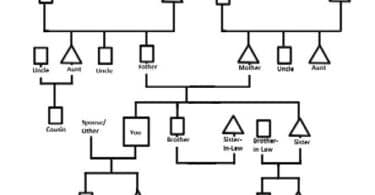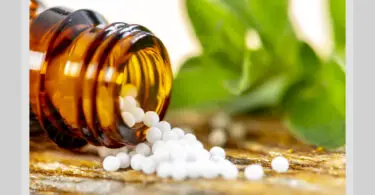This series is reminiscent of my early homeopathic training at CMPH Medical College where each and every word from Aphorism #1-70 was explained, pregnant with meaning. Dr. Hahnemann chose his words with vision and depth to convey to us homeopaths, 200 years later, that such principles and philosophies remain eternal whatever the changing social, cultural or scientific phenomena. It is up to us to interpret these aphorisms in the present day scenario, without deviating from basic homeopathic principles , but rather enhancing areas that need further elucidation.
Unfortunately, teaching on Aphorisms 71 onwards, has been neglected and these are the very aphorisms that we need to support our developing practice and experience. We realized there wasn’t any commentary available online for the neo-homeopath to imbibe the wisdom of Hahnemann. Too often, following clinical experiences, we have questions that appear to have no answers. We’re looking around when most answers are already in the Organon, or Chronic Diseases. Other times, we rely on new ‘interpretations’ of homeopathic concepts without first understanding the basic principles and interpretations Hahnemann originally intended. No commentary on the Organon is exhaustive or complete, but we hope to give you adequate food for thought through these series.
Aphorism #70 is a summary of Hahnemann’s theoretical wisdom in Aphorism #1-69 : The Homeopathic System of Medicine.
“That everything of a really morbid character and which ought to be cured that the physician can discover in diseases consists solely of the sufferings of the patient, and the sensible alterations in his health, in a word, solely of the totality of the symptoms, by means of which the disease demands the medicine requisite for its relief; while, on the other hand, every internal cause attributed to it, every occult quality or imaginary material morbific principle, is nothing but an idle dream; ..”
The first duty we have as homeopaths is to study what is really of a morbid character i.e. disease. [Aph #3-7] This is a very important perception that one learns over time, developing more accurately with experience. We see a myriad of symptoms, diseases, mixed with normal expressions and personality of the suffering person. What is it that is morbid, why is that important and of interest to a homeopath?
Boenninghausan taught the concept of the complete symptom in location, sensation, modality and concomitant (LSMC). When symptoms were incomplete, he said one could substitute a modality and sensation that was present simultaneously in another location. This is wisdom, which Kent had criticized, but it is still found to be clinically and logically reliable in appropriate clinical situations. We need to learn which are these clinical situations where Boenninghausan methodology is very successful. Dr. C M Boger, further developed this into understanding the Pathogenesis in disease and in remedies, another indispensable tool for us today in homeopathic prescribing.
A newer attempt at analysis of the chief complaint for the similimum by Rajan Sankaran is the search for the Vital Sensation. With regard to Rajan’s most recent work which he suggests is an extrapolation of Boenninghausan’s focus, my question is: need one delve deep into the vital sensation in every case when most often, the similimum or series of similimum’s can be found more simply, with accurate observation and analysis of characteristics in LSMC of the chief complaint itself? This process usually requires – for a trained homeopath – less than 15 minutes!
Inspite of recent adverse criticism against them, I maintain that many of Rajan’s and Scholten’s concepts and brilliant insights have their rightful place, especially in the sphere of Homeopathic Psychology. Rajan’s earlier concept of core delusions, when supported with physical characteristics is very reliable choice to the similimum. Scholten’s synthetic analysis based on the periodic table when supported by adequate traditional proving characteristics (of individual elements of a salt) is very helpful in difficult cases.
Kent advised giving mental concomitants, the mental state that was deranged, high importance in the hierarchy of remedy choice. This has been widely accepted, and is good to use in many cases. Yes, those who are gifted in this insight [Aph #216] can be even more certain of their choice of similimum. What counts here is that the mental state is characteristic enough to be given this importance, and is required to be cured. Our attempt at this should not be at the expense of neglecting our observation of physical characteristics and physical conditions that require cure.
The TOTALITY OF SYMPTOMS [Aph#7] that Hahnemann refers to then, is a balance decided by the individual characteristics of the case. The presentation of the case decides the methodology to be used. Strive to learn various reliable methodologies for accurate case analysis. Then, strive to look for what is characteristic, both mental and physical. Obtain the mental state with a depth of perception. Perceive what is individual and peculiar in the physical expression. Gather this balanced perception into a picture of symptoms; this forms the totality.
The choice of remedy is based on the remedy covering this totality with a stress on most characteristic (either physical or mental) being clearly within the scope of the remedy. This is possible in about 80% of clinical work. 20% require more novel methodology, or new ways of perceiving similimums. More importantly, every case requires a clear, reliable philosophical base of the direction of cure in homoepathic management. Hahnemann through aphorisms #71- 291 details innumerable instances of clinical situations and the philosophical guide through them, including a thorough understanding of his concept of miasms. We will take you through this journey of learning.
A few criticisms arise in #70 that Hahnemann leveled mostly at the empirical allopathic system of his day:
“every internal cause attributed to it, every occult quality or imaginary material morbific principle, is nothing but an idle dream;“: This relates to the old school’s idea that the CAUSE of external symptoms was some internal corrupt fluid, in lymphatics and blood or in some morbific agent (“Materia Peccans“) [Intro Footnote:8, Intro pgs 42-48], etc that required a “rational mode of treatment, tolle causum“. Modern medicine unfortunately continued with this materialistic idea to date, causing partial cure and incredible amount of suppression … yet obviously disease has not been removed rationally or otherwise by them.
Hahnemann in a strongly worded Introduction dispels this one-sided (reductionist) idea, which Kent too campaigned against, that the cause of disease could not be material, because disease was a dynamic expression of a deranged vital force. This derangement resulted from various influences on the vital force, some of them; materia peccans (like Bacteria, viruses, etc – the acute and chronic miasma) and their dynamic influences; the environment; drugs; continued emotional disturbances and indispositions; inherited miasm, etc.
When we as homeopaths look for disease, where on the scale are we? Are we materialists at one end like the empiricists of old and prescribe palliatively on pathology only? Or do we tend towards the other polarity, speculating dreamers looking for arbitrary mental states without adequate training both in psychology or in psychological methodology of analysis (homeopathic or otherwise)?
“That this derangement of the state of health, which we term disease, can only be converted into health by another revolution effected in the state of health by means of medicines, whose sole curative power, consequently, can only consist in altering man’s state of health – that is to say, in a peculiar excitation of morbid symptoms, and is learned with most distinctness and purity by testing them on the healthy body.”
Once the step of recognizing disease is complete, we next match the remedy for a similimum. Matching appropriately, requires that we understand our remedies well. This understanding should not be based simply on speculation of its symptoms or doctrine of signature, though these do play a part. We understand the remedy through its characteristic expressions in the body as much as the mind. Every remedy is expected to be completely proved, a task and duty that faces all of us in the homeopathic community.
Subsequent to provings (today’s term: Homeopathic Pathogenetic Trials), we need an honest response and compilation of clinical application of that remedy. The need today is for scientific standardization while also keeping in mind the potential of losing important information by over standardizing proving protocols. Our Materia Medica has grown, but additions, proving information and clinical information has become suspect. Cure is a word not properly understood. Given this, how reliable are “clinical confirmations” of provings?
We need to get back to the Organon, get back to our roots. We need to consolidate our foundations around the principles laid down. Once we have grown deep roots, we are capable of supporting a reliable homeopathic tree of knowledge. Then we can open our minds to new information available today: in our growing Materia Medica; in new methodologies; in newer ideas both scientific and homeopathic. We can aim to develop a clear sense of what is appropirate within homeopathic principles and what is not. Thus we can retain what is pure and reliable for the advancement of homeopathy and true cure of mankind, while ignoring what is not; with perception, rather than making narrow-minded allegations.
Hahnemann continues through the rest of this Aphorism, to explain the folly of any other approach to healing disease other than the Law of Similars, and we will continue to understand his wisdom imparted to us in next issue.
Visit Dr. Leela D’Souza at her website :
and contact her at: [email protected]
Bibliography:
- Hahnemann, Samuel; Organon of Medicine
- Hahnemann Samuel; Theory of Chronic Diseases
- Allen T.F; Boenninghausan’s Therpeutic Pocket Book
- Boger, CM; A Synoptic Key of the Materia Medica
- Sankaran, Rajan; The Sensation of Homeopathy
- Sankaran, Rajan; The System of Homeopathy
- Scholten, Ian; Homeopathy and the Elements
- Kent, James T; Lectures on Homeopathic Philosophy
- Dudgeon RE, Boericke William; Organon of Medicine by Samuel Hahnemann, Fifth and Sixth Edition Combined.






